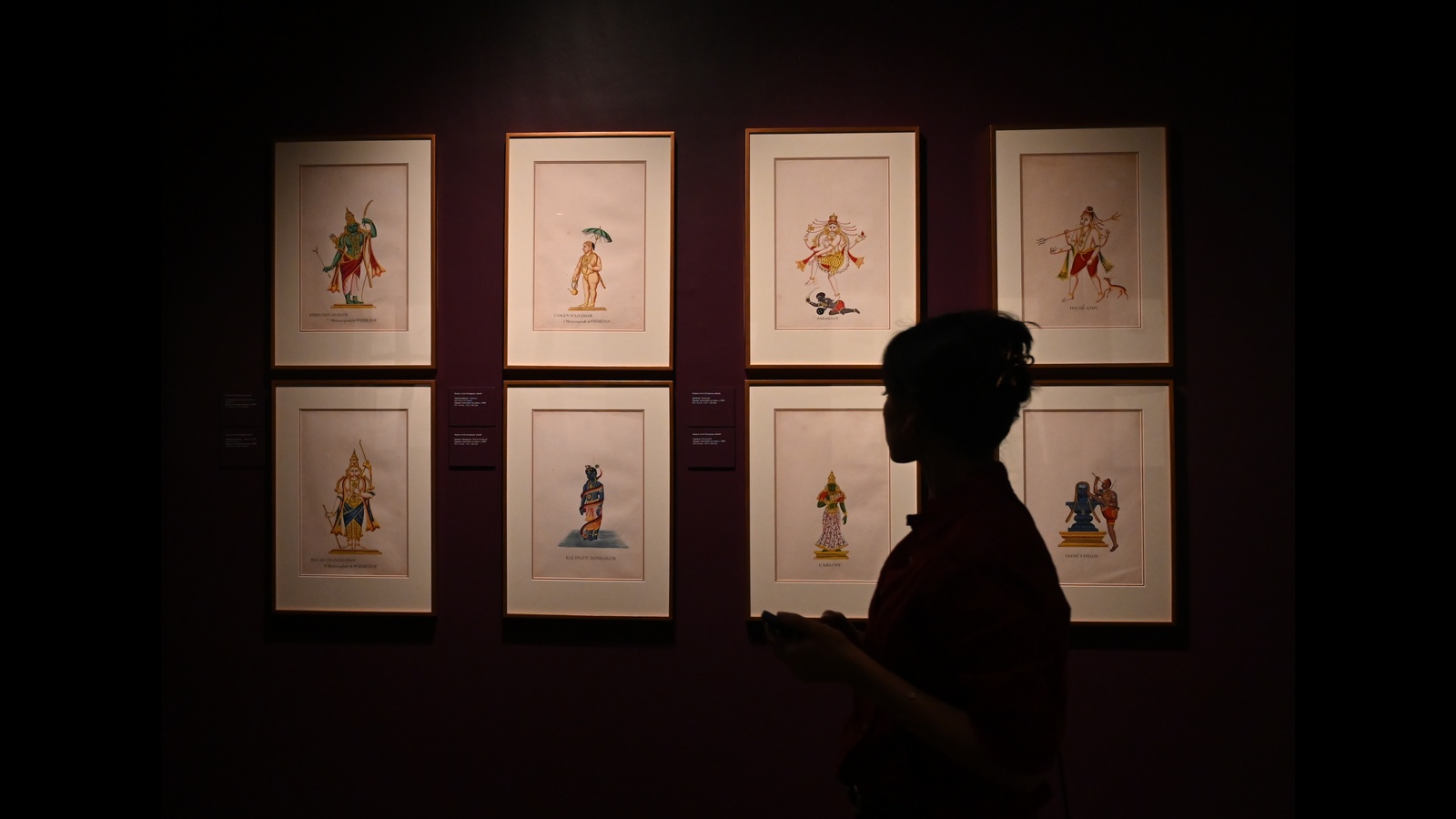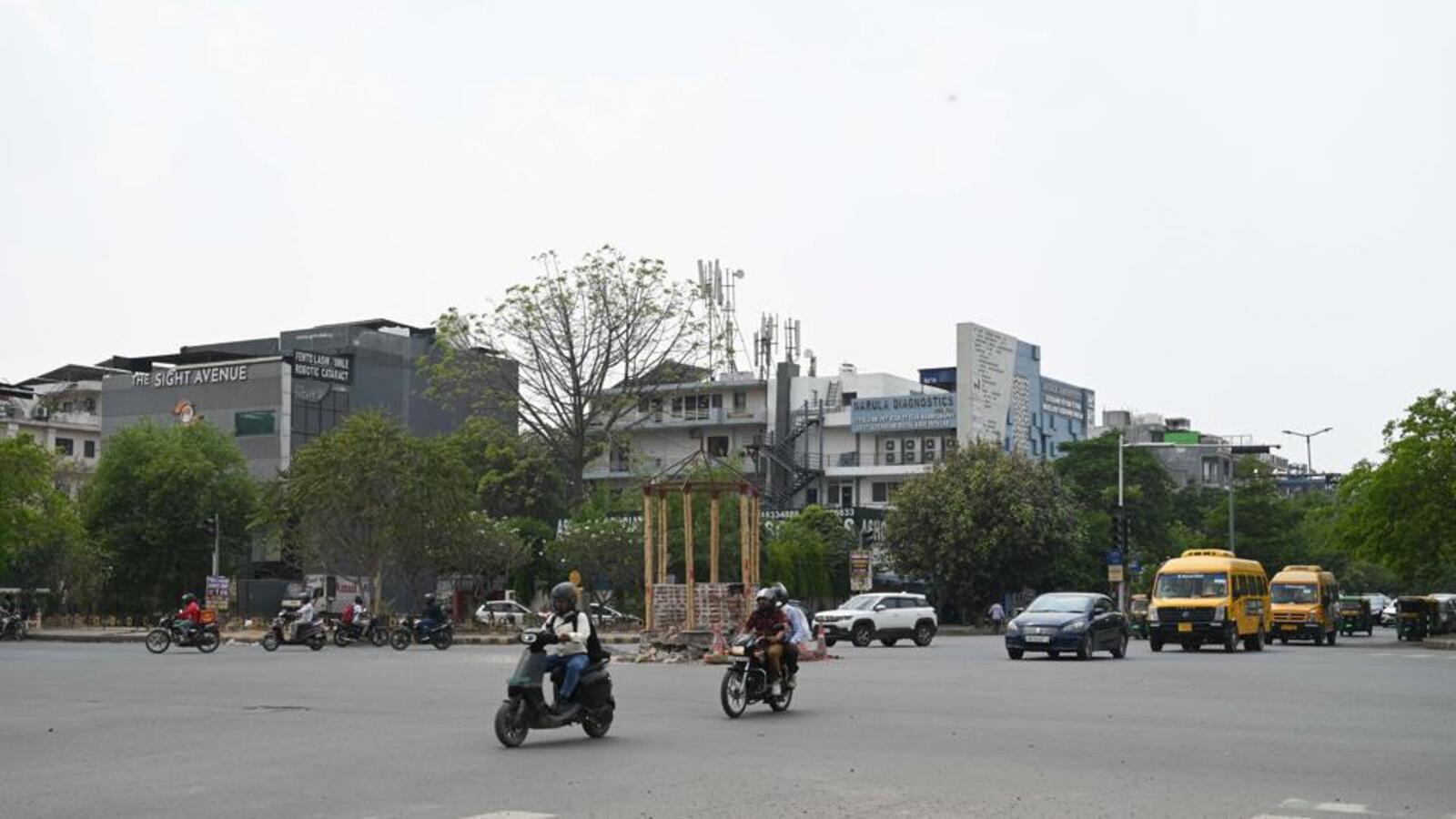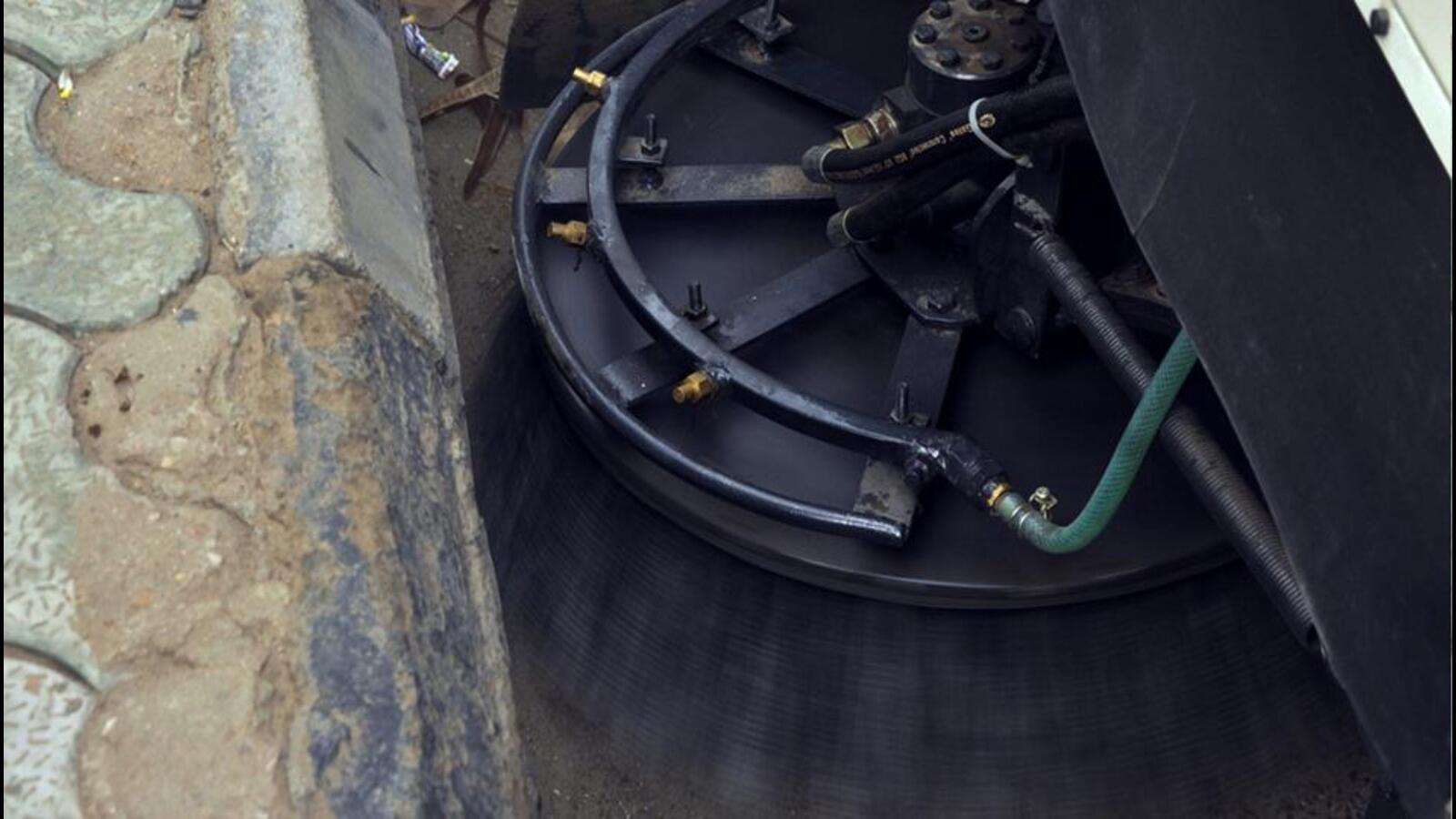DAG (formerly Delhi Art Gallery) opened its latest exhibition on Saturday, titled A Treasury of Life: Indian Company Paintings, c. 1790–1835, dedicated to artworks produced by Indian artists in the late 18th and early 19th centuries for European patrons. The exhibition, held at DAG’s Windsor Place gallery in Janpath, will run for nearly three months until July 5 and is open from 11am to 7pm, Monday to Saturday, officials said.

The exhibition, dedicated to “Company Paintings”, features nearly 200 works of art entirely from the gallery’s own collection, such as the “Asian Fairy Bluebird (Irena puella)”, “A Brown Squirrel and a Black Squirrel”, “Jackfruit (Artocarpus heterophyllus)”, “Chini ka Rauza, Agra”, “Pilgrims at a Riverbank”. According to the organisers, the show honours Indian masters—many unnamed—who adapted their artistic skills to suit the visual demands of their European clients, particularly those associated with the British East India Company.
A special curator-led walk-through of the exhibition, held on the opening day between 12pm and 1pm, drew art enthusiasts from across Delhi. Giles Tillotson, DAG’s senior vice president and the exhibition’s curator, guided visitors through the collection, sharing insights on the artistic transition marked by this genre.
“The rediscovery of Company paintings has been slow. These works didn’t qualify as traditional court paintings nor as modern art and hence were often overlooked,” said Tillotson. “This was a transitional phase in Indian art. For instance, flora had always existed as background in Indian paintings, but here, flora becomes the subject. Mughal artists painted people but didn’t focus on individuals by trade—that was a Western influence. It marks a paradigm shift, a move towards modernity.”
The artworks are grouped into three primary categories: natural history, architecture, and Indian manners and customs. These include scientifically precise renderings of flora and fauna; depictions of historic monuments using a blend of Indian and European techniques; and portraits of artisans, traders, religious figures, and idols reflecting daily Indian life.
“In keeping with its commitment to honour the unknown Indian masters commissioned by the East India Company, DAG is dedicating this exhibition to Company paintings entirely from the gallery collection. The exhibition looks at how Indian artists responded to the demands of their patrons, creating entirely new templates of Indian art,” an organiser from DAG said.
Tillotson explained that the exhibition also reflects geographic diversity in its artistic sources. Natural history paintings were largely commissioned in Kolkata and Murshidabad, while architectural works focused on mostly Delhi, Agra, and some from Murshidabad and southern India. Paintings capturing Indian customs and people from various trades were especially found in South India, he added.
The show is accompanied by a scholarly publication featuring essays by various experts, including an introductory essay by Tillotson. In the essay, he contextualises the art as a product of European curiosity and need for understanding a foreign land. “The focus on these three subject areas reflects European engagement with their Indian environment in an attempt to come to terms with all that was unfamiliar to Western eyes,” he writes. The European patrons sought visual representations to assimilate India’s diverse flora, architecture, and cultures and relied on Indian artists to provide this lens.
An organiser also noted that while many artists remain anonymous, works by renowned Company painters like Sita Ram, Sewak Ram, and Chuni Lal are also on display. “A Treasury of Life repositioned Company painting as an essential part of India’s artistic journey,” the organiser said. “It captures a moment when Indian painters moved beyond royal commissions to embrace new patrons, subjects, and styles—laying the foundation for future shifts in Indian art.”












Leave a Reply